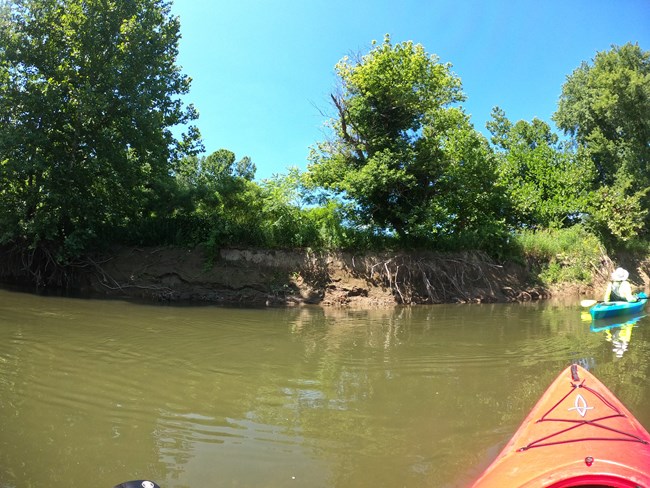
NPS/Ainger Stabilizing the Riverbank for Continued AccessRivers naturally erode the soil along their banks. Having infrastructure like the Towpath Trail and railroad next to the river makes it challenging to maintain them. The good news is that CVNP received funding from the Great American Outdoors Act’s Legacy Restoration Fund to stabilize eight locations along the Cuyahoga River. Work began in 2023 and is expected to continue through 2028. For more information check out our news release. Expect closures of the Towpath Trail as we complete the work at each site. 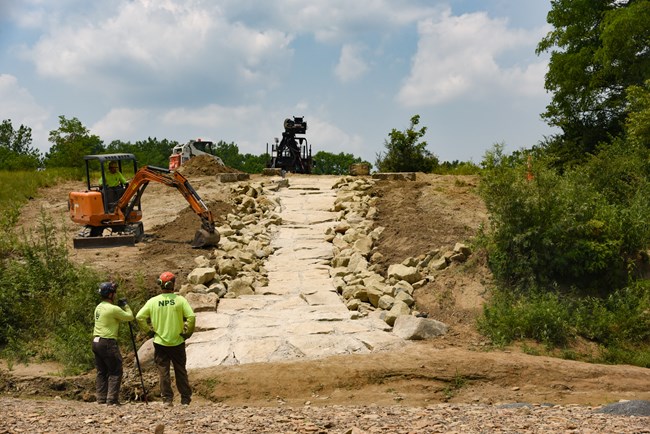
NPS / Tim Fenner River Access ImprovementsThe park is improving existing river access and planning new places for wildlife viewing, paddling, and fishing along the Cuyahoga River Water Trail. Army Corps of Engineers Floodplain RestorationThis project will reshape areas of the floodplain on both sides of the Cuyahoga River one mile south from Station Road Bridge. Work will impact Towpath Trail access and Station Road Bridge Trailhead parking. It might affect river access. Towpath Trail closures between Station Road Bridge and Red Lock trailheads are possible. 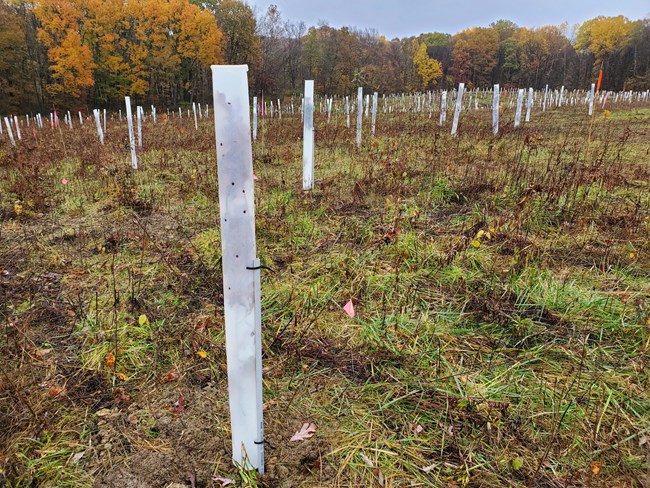
NPS/Mallory Klein Wetmore Habitat and Wetland RestorationThe site was be mowed to prepare it for reforestation efforts. Reforestation began in September 2019 and continued through the fall of 2020. Reforestation and restoration includes planting native tree species such as sycamore, red maple, and cottonwood. Most of the work will be done by park staff and volunteers.
Boston Area ImprovementsParking has been reconfigured near Boston Store to improve pedestrian flow and access to the Towpath Trail, facilities and other services. Some hardened surfaces are planned to be removed to reduce runoff into the Cuyahoga River. A pedestrian bridge over the Cuyahoga River will be constructed to provide safe access between Boston Mill Visitor Center and the Boston Store area. Construction is expected to begin in the summer of 2022 and last approximately 6 months. The project is managed by the Office of the Summit County Engineer.
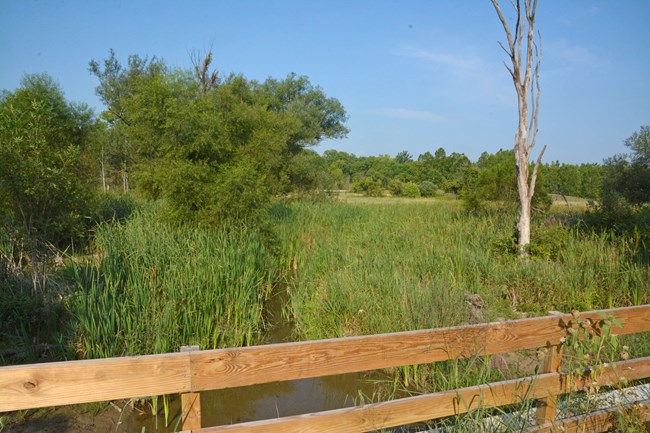
NPS/DJ Reiser Stanford Run RestorationStanford Run has been modified over the years by agricultural activities, construction of the Ohio & Erie Canal, and regional development. The stream was cut off from the Cuyahoga River and a large wetland of invasive plants formed. As a result, Stanford Road regularly flooded. From winter 2019 to winter 2020, the US Army Corps of Engineers installed a larger culvert under the Towpath Trail and excavated a new meandering stream channel. Volunteers planted about 1,000 native trees. Construction has been completed, but habitat restoration continues. Jaite Mill RemediationEvaluation and mitigation of contamination and contaminated soils associated with the historic Jaite Paper Mill. Work will involve closures to the Towpath and Valley trails between Boston and Red Lock trailheads. Get Involved!Are you interested in helping restore the health of the Cuyahoga River? Join us for one of our habitat restoration volunteer opportunities. 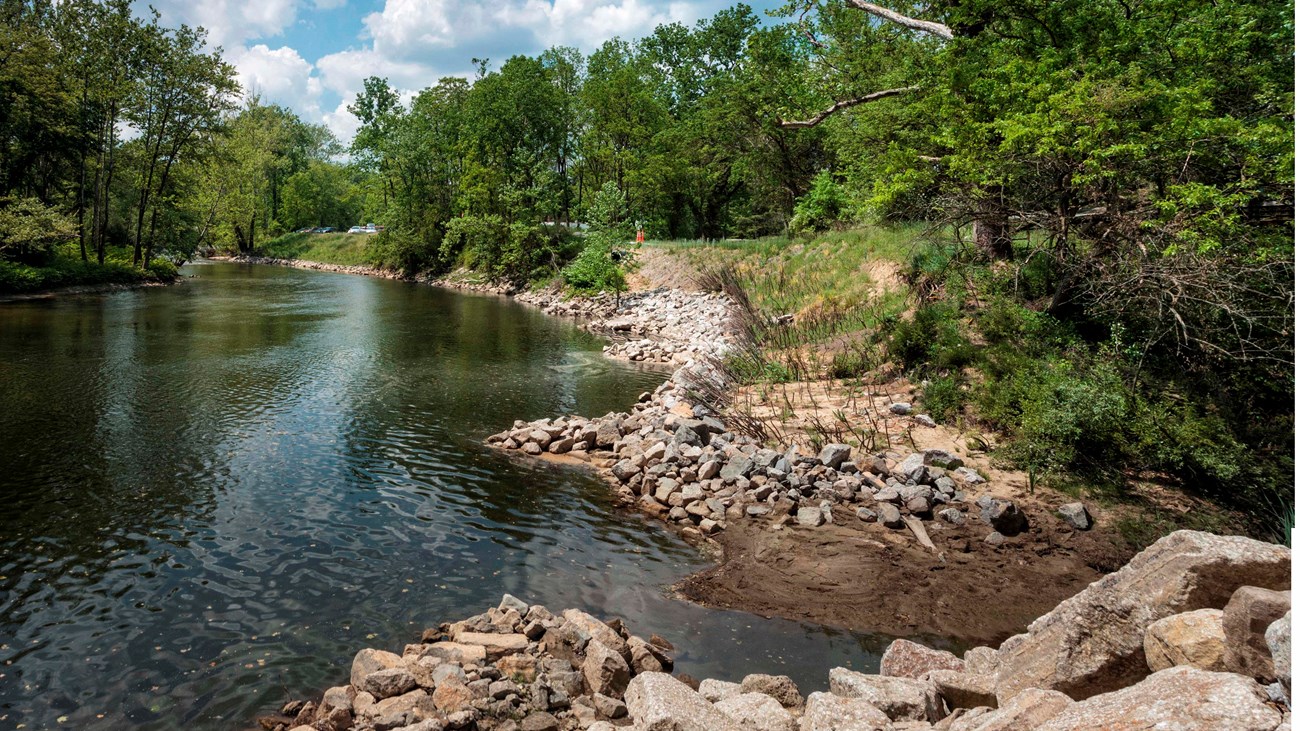
Happening Now
Although these projects have been in the planning and funding stages for several years, we expect the on-site work will be completed within |
Last updated: November 30, 2023
